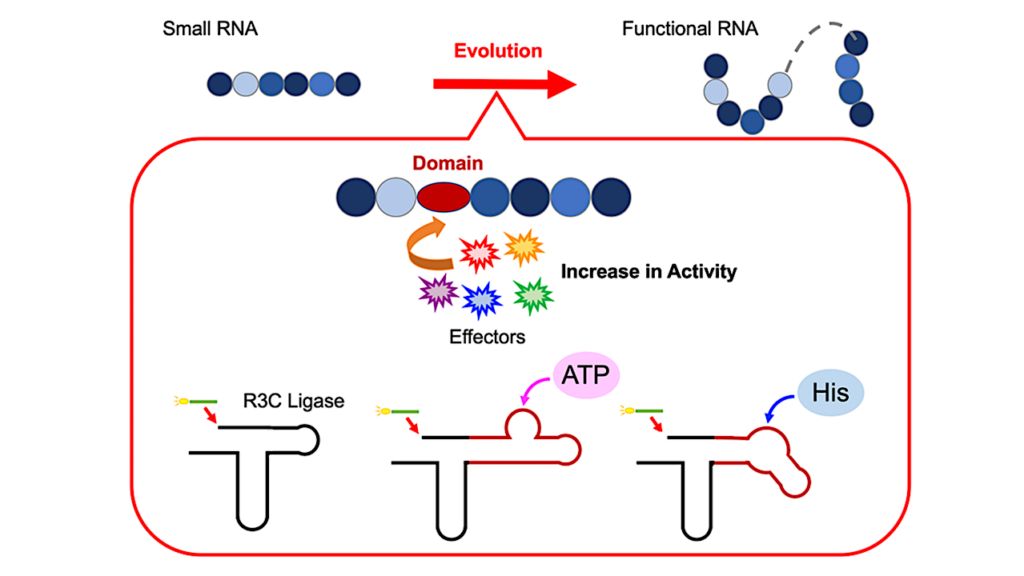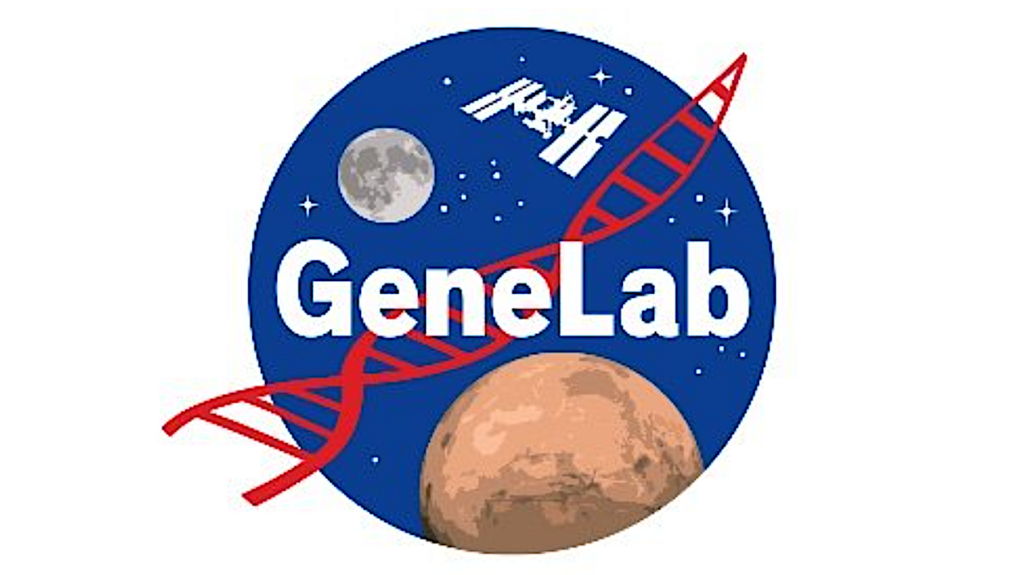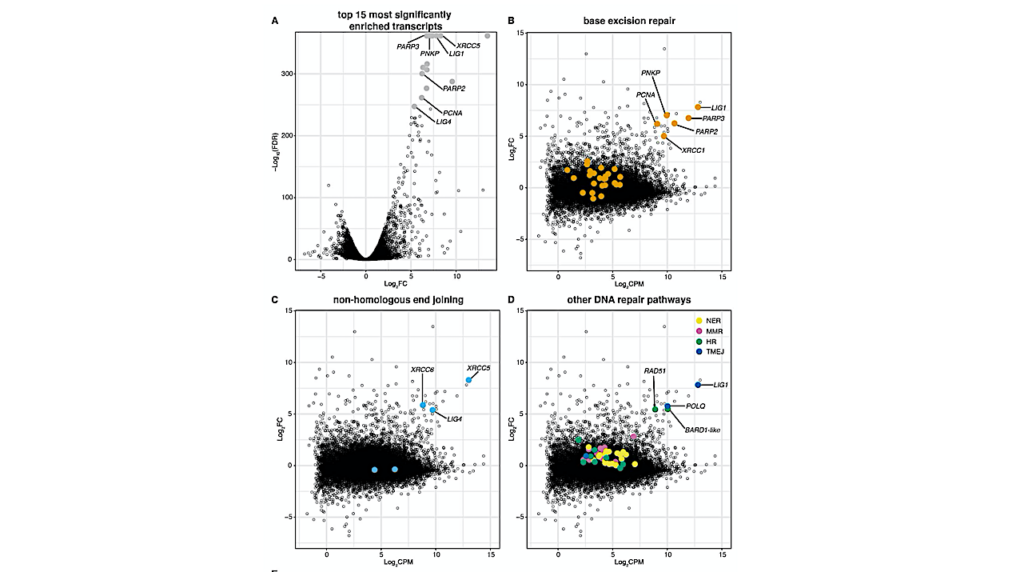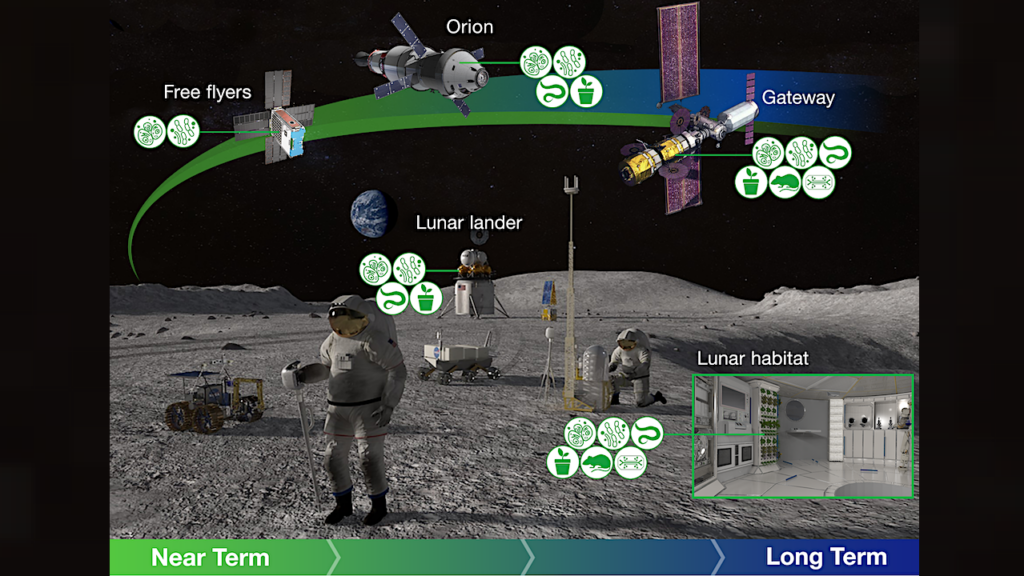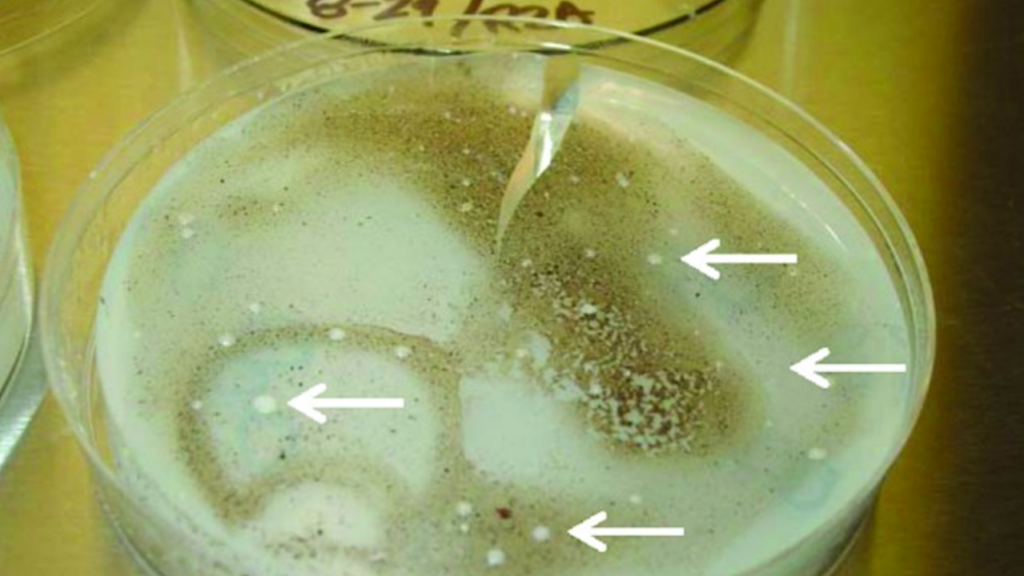Producing Prebiotic Chemistry by Impacting Ice

Astrobiologists have provided new information about how comets and asteroids could have delivered prebiotic chemical compounds to the early Earth.
The team studied how shock pressures can lead to the production of a number of compounds that could have been used in life’s origins. They performed their study by simulating impacts into an icy mixture rich in carbon dioxide.
Impacts that generated only moderate pressures were needed to produce aromatic hydrocarbons when the mixture was heated, expanded and then cooled.
When the scientists simulated the higher shock pressure from a larger impact, long carbon-chain molecules like methane and formaldehyde were formed. At all shock pressures tested, significant amounts of compounds containing carbon and nitrogen (such as HCN and HCNO) were produced.
The study shows how impacts could have produced prebiotic molecules on the early Earth that would have been useful for the origin of life’s first cells. In addition, the creation of these compounds wouldn’t have required a catalyst, UV radiation or other pre-existing conditions in the environment.
The research was supported by the Exobiology and Evolutionary Biology element of NASA’s Astrobiology Program. The study, “Prebiotic Chemistry within a Simple Impacting Icy Mixture” was published in 2013 in The Journal of Physical Chemistry A under lead author Nir Goldman.


